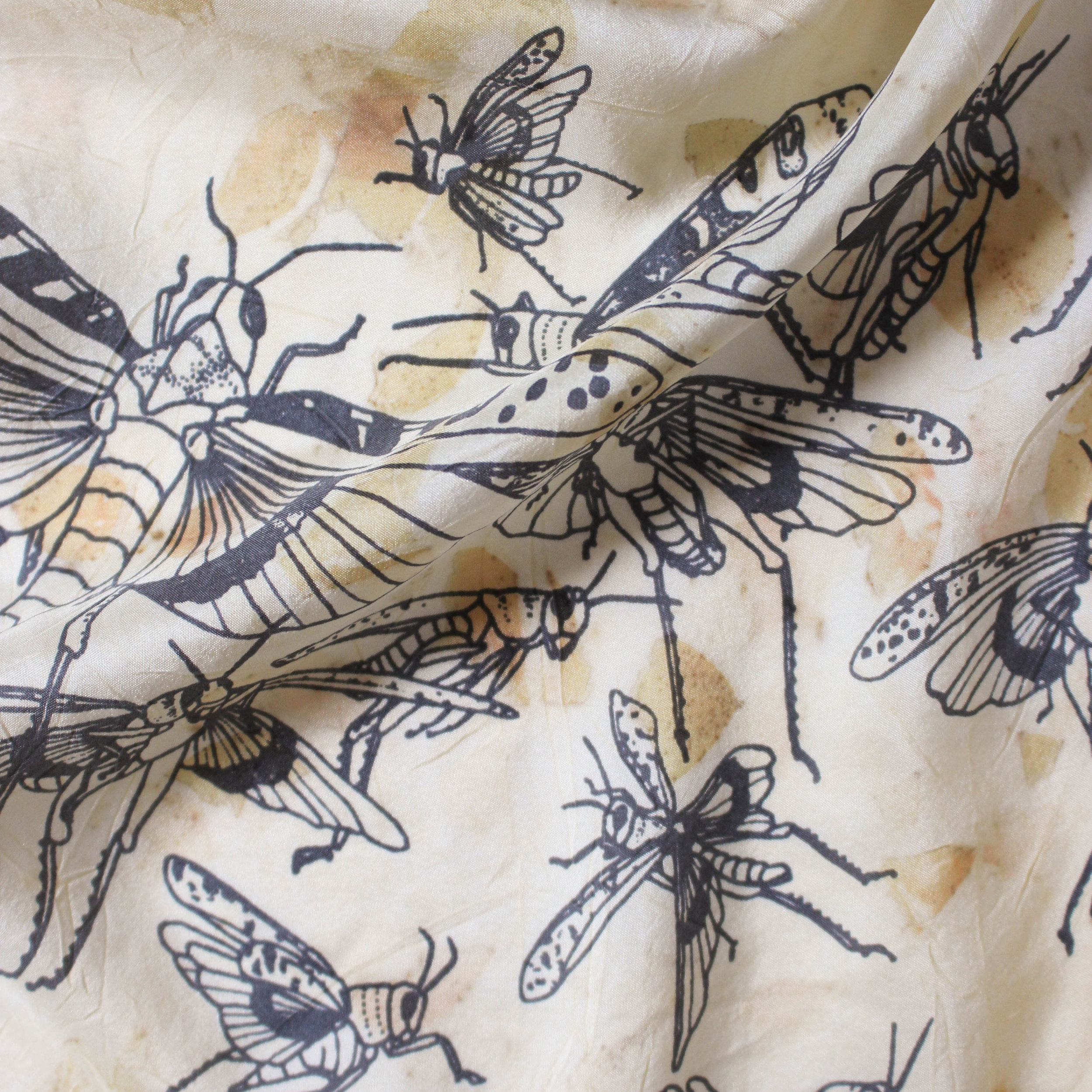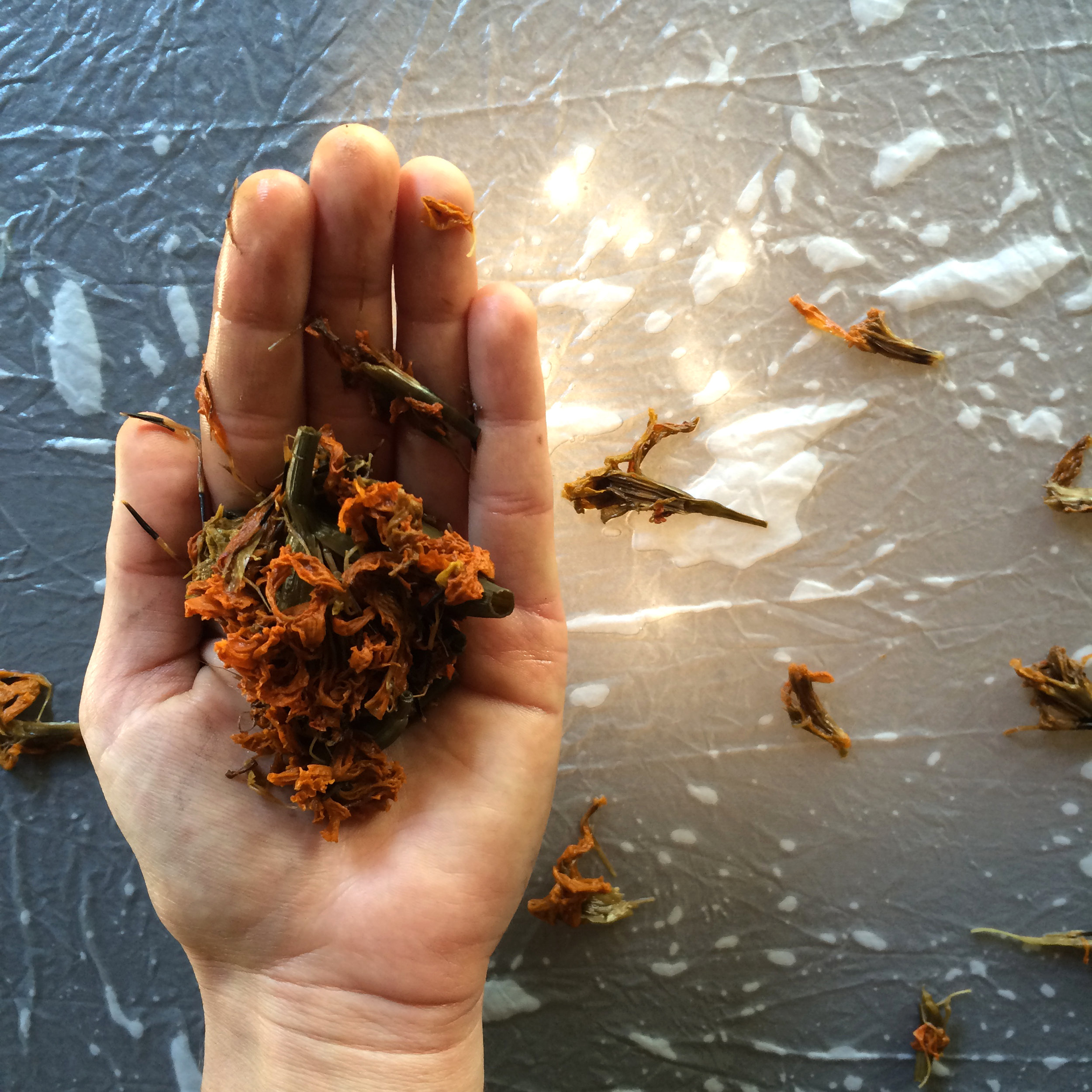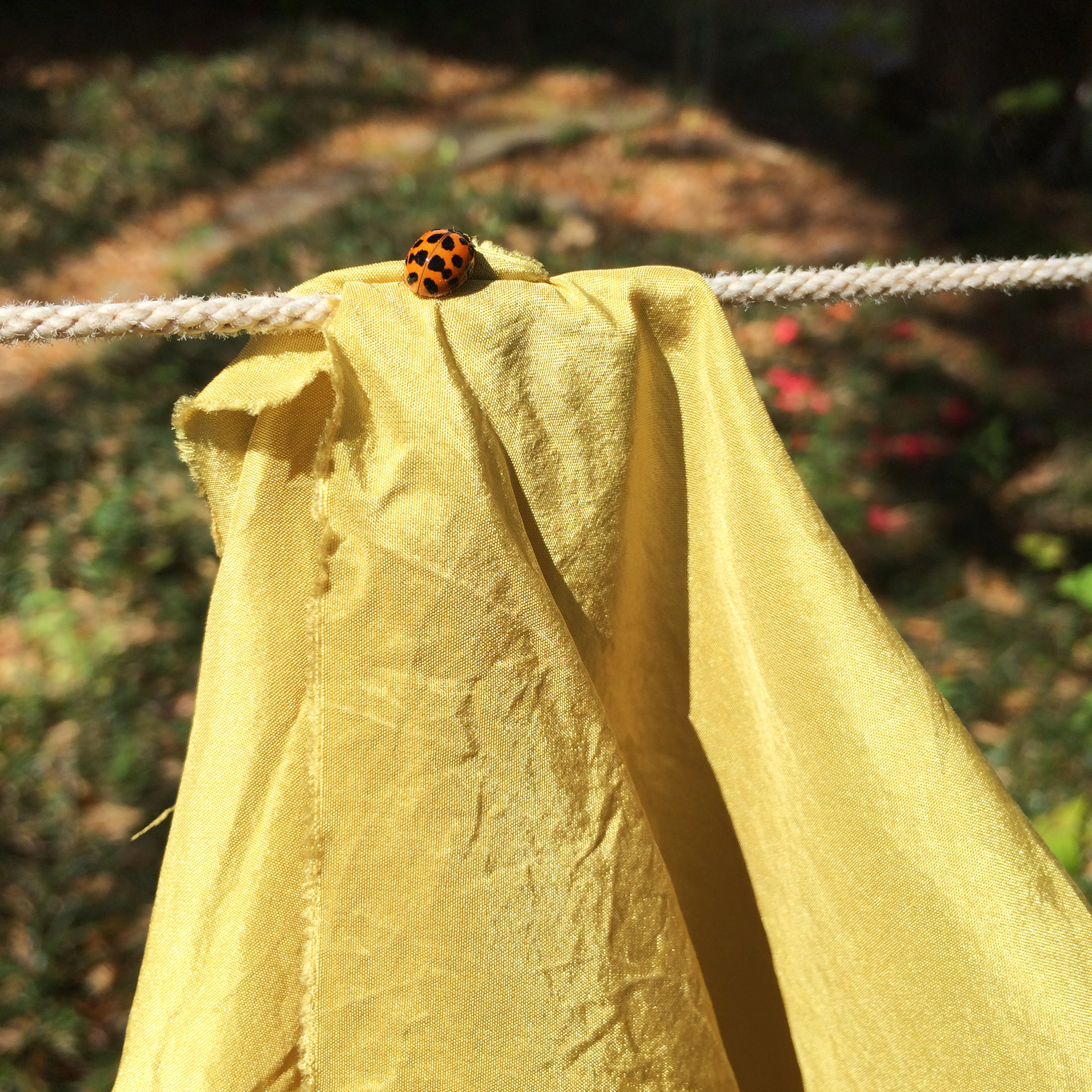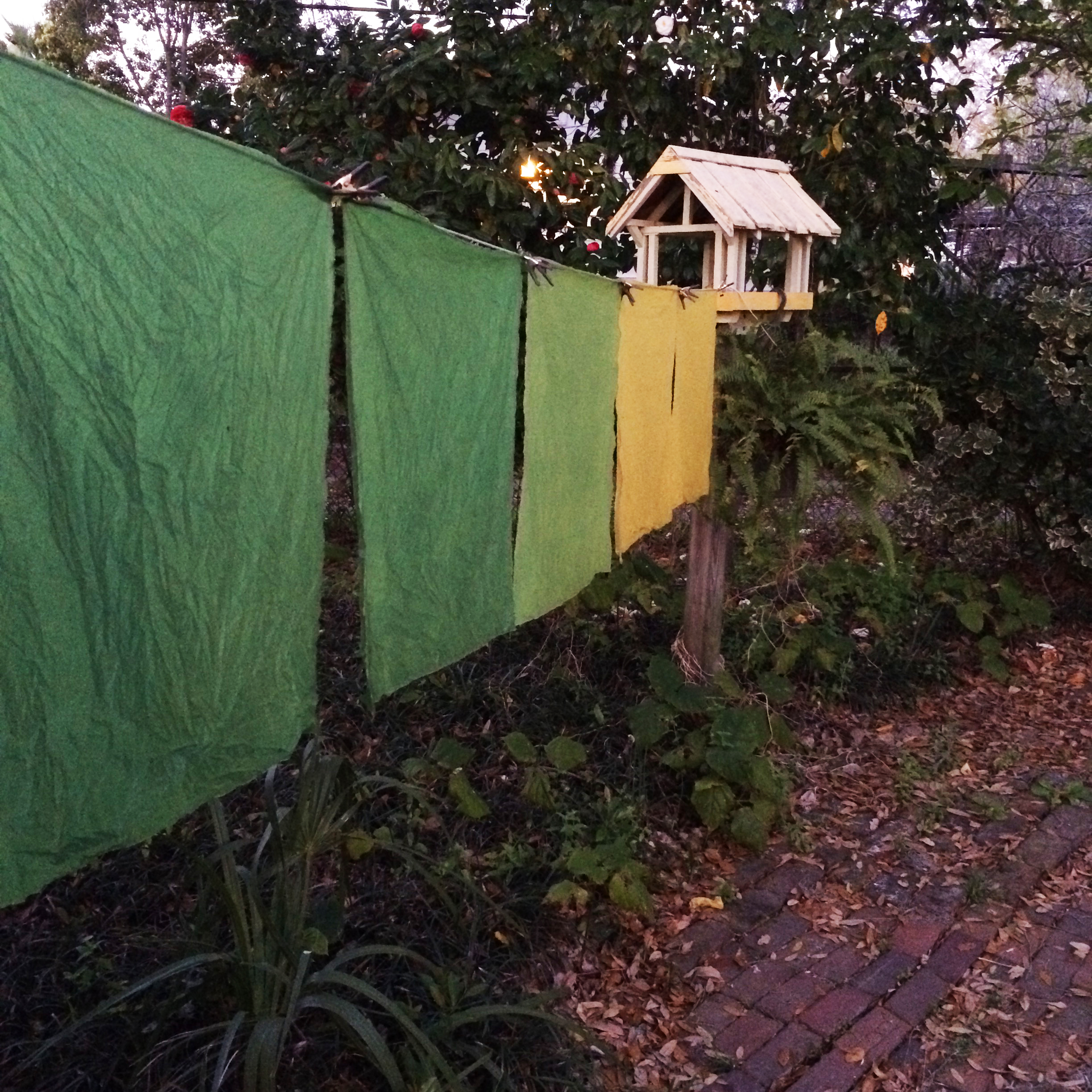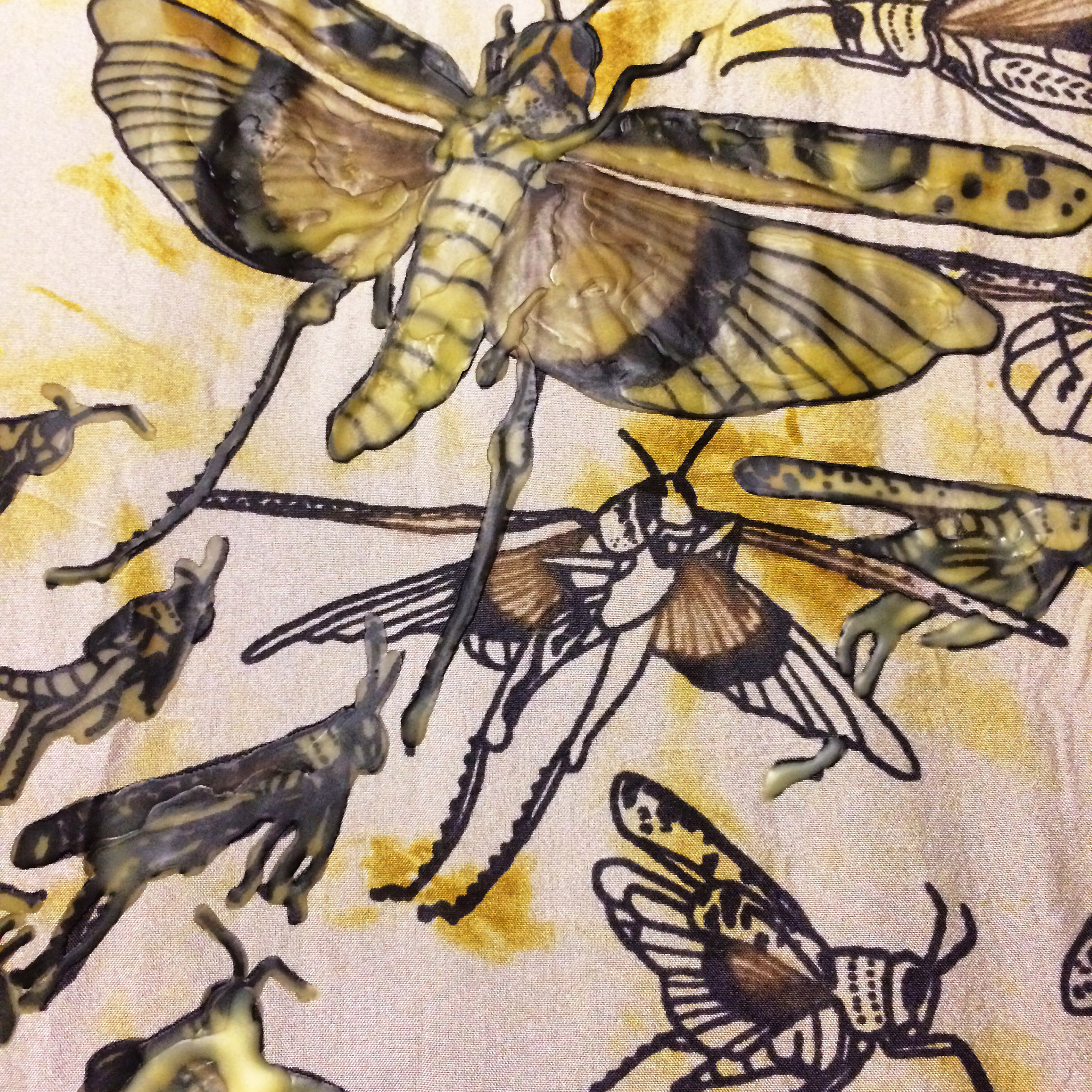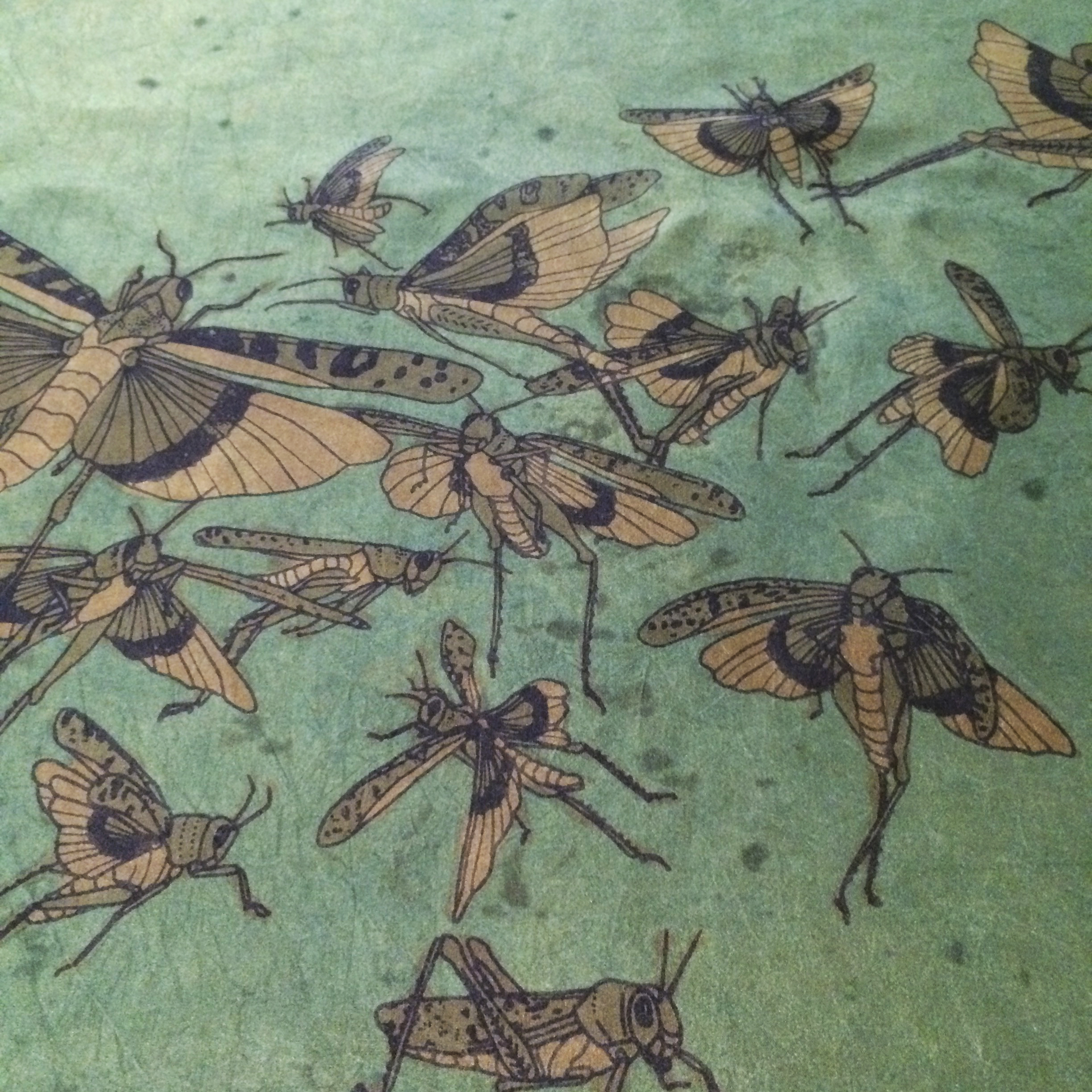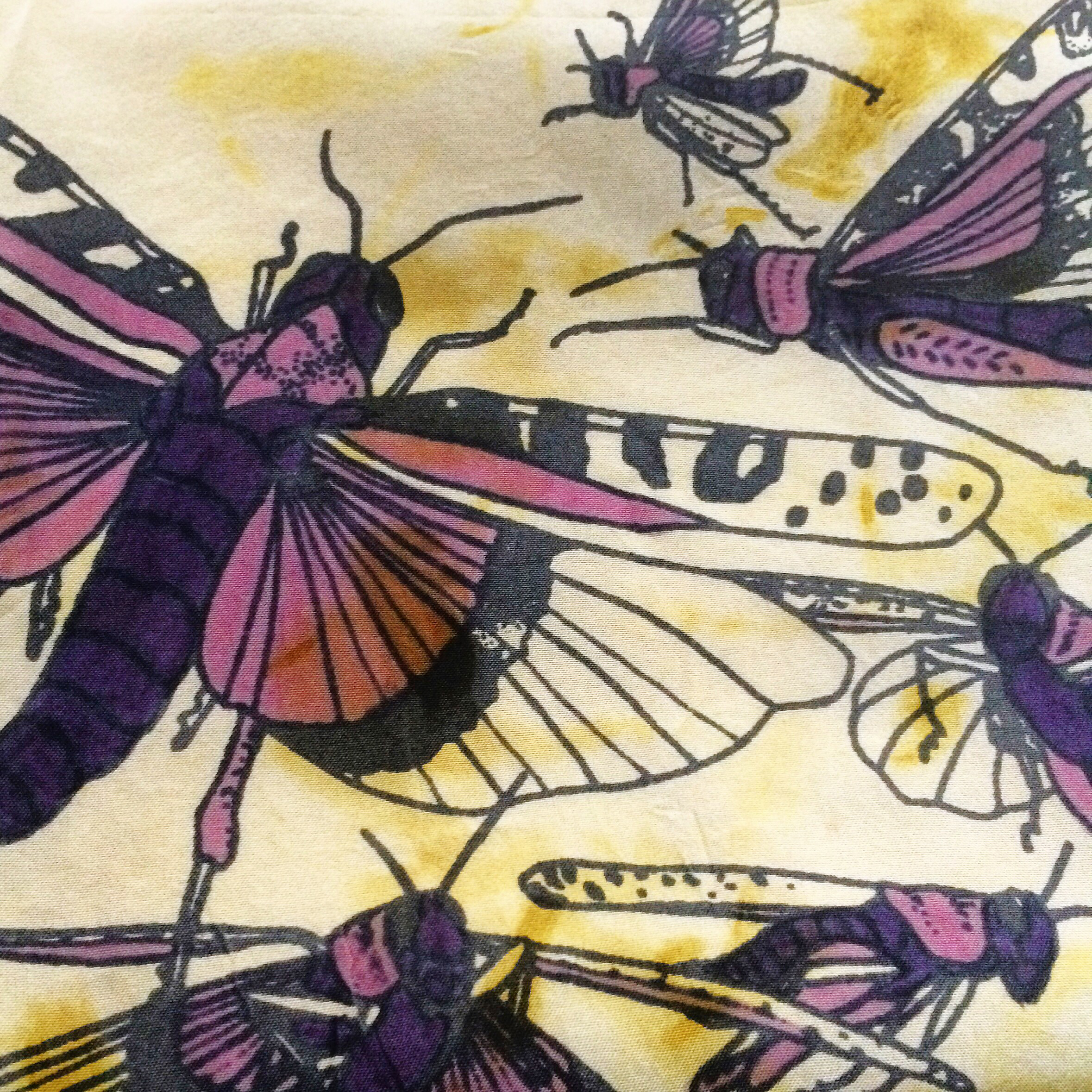ONE MANY MUCH Grasshopper/Locust
This small organism, being perceptive and interacting within its environment, has the power to create change across the entire landscape.
Grasshoppers, as individuals and in groups, have the power to create change in their ecosystems. Most grasshoppers are solitary, but under particular circumstances, some species’ populations increase at a rapid pace and alter their surroundings at a much faster rate. Through increased contact with one another, these species enter into a gregarious phase, change into locusts, swarm, may turn into plagues and completely turn over the landscape. In mass, these locusts can modify carbon and water cycles, facilitate soil erosion, and affect biodiversity, thus throwing off the balance of entire ecosystems. These swarms have economic, social, and ecological impacts.
Likewise, grasshoppers are an integral and beneficial part of their communities. They stimulate plant growth, while also preventing plant overgrowth; they participate in nutrient cycling, and play an essential role in food chains. Their perceived threat levels dictate how they feed, which has an effect on the nutrients in their decomposing bodies. These nutrients enter the soil, reshape its composition, and ultimately dictate which plants will thrive. Because this impacts the food chain as a whole, it could have a profound effect on what that ecosystem looks like and how it flourishes.
This small organism, being perceptive of and interacting with its environment, on its own and within a group, has the power to shape the entire landscape. Learning more about those that are different than us, plays an important role in building a thriving biosphere, community, and gaining a better understanding of our own capabilities.







